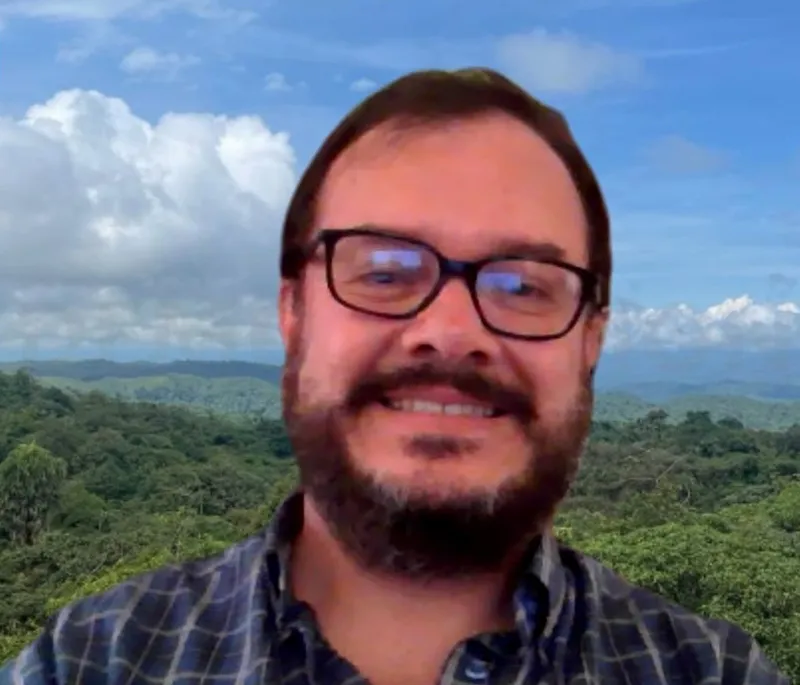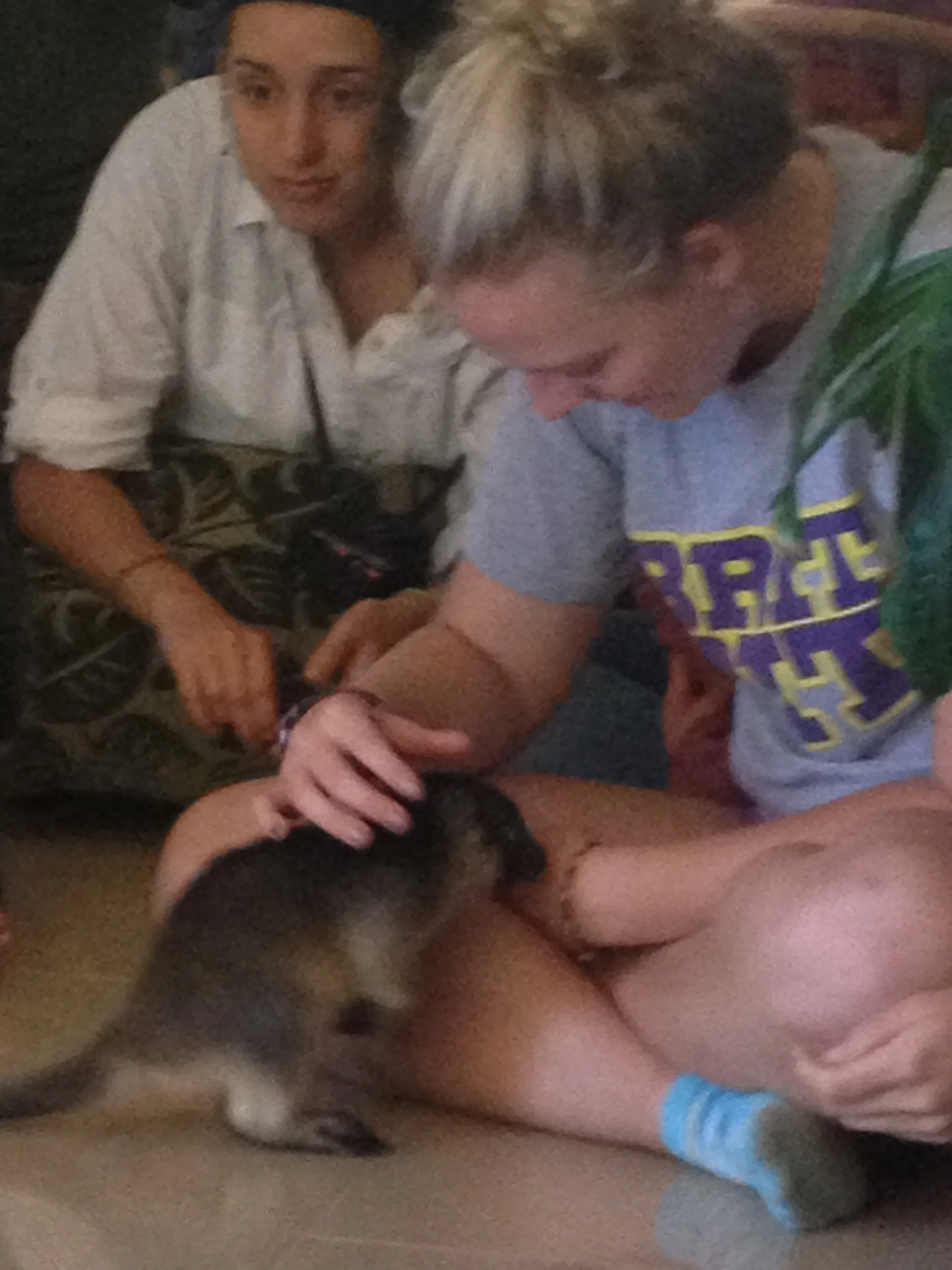
By: Gerardo Avalos, PhD
Tree-Kangaroos and Conservation
Students came back from the mid-semester break refreshed and full of new impressions of Australia.
Back in class, a rich program of lectures and field lectures awaited them. They heard about principles of repairing landscapes by revegetation including site selection, plant selection, monitoring the development of the site, and how to attract wildlife to such sites. Guest lectures familiarized them with types of economic incentives to encourage farmers to consider biodiversity on their land. During field lectures, students visited neglected farmland and discussed options to convert it back to a functioning ecosystem. They also inspected a revegetated riparian area in which tree-kangaroos are frequently seen.
One visit was very special for the students. The class visited a wildlife caretaker who explained the importance of wildlife caretakers here on the Atherton Tablelands with such a diverse and often endemic fauna. There is a lot of work involved when animals get rehabilitated or orphans need to be looked after. Currently, the wildlife caretaker looks after a young tree-kangaroo who lived in an artificial pouch attached to the chest of the caretaker. Tree-kangaroo joeys often come into care as they get easily expelled from the mother’s pouch when the mother is distressed. However, the care is quite complicated and requires a lot of experience. Not much is known about tree-kangaroos, particularly about the ways they detoxify toxic plant compounds which plants produce to deter herbivores in our rainforests. But we can learn a lot from the tree-kangaroos, and caretakers play a vital role in the conservation of these beautiful animals.

The SFS Center for Rainforest Studies (CRS) is also doing research on these animals to gain more knowledge about their ecology, which can assist in effective conservation planning. I am coordinating my research with a local community group that aims at the conservation of this and other special mammals on the Atherton Tablelands. The Tree-kangaroo and Mammal Group (TKMG) has recently completed a “Community Action Plan for the Conservation of the Lumholtz’s Tree-Kangaroo.” CRS will contribute to the various actions outlined in the plan and students’ projects will be strongly linked with these actions. In October, I attended the International Tree-kangaroo Workshop in Melbourne. There, I presented research done on the Lumholtz’s tree-kangaroo by previous CRS students. I also presented TKMG’s Action Plan, which was consequently integrated into the Action Plan of the International Tree-kangaroo Conservation Group. This group consists of managers of conservation areas in Papua New Guinea (where most of the tree-kangaroo species exist), various zoos with tree-kangaroo breeding programs, veterinarians, researchers, and broader conservation groups.
Tree-kangaroos can only be effectively preserved when people with different backgrounds and knowledge cooperate. This applies to many other species too. But the tree-kangaroo case is special for CRS. It shows how our students contribute not only to conservation activities of the local community, but also to conservation efforts at an international scale.
Related Posts


Alumni Reflections: Stories of the Return to Kenya
